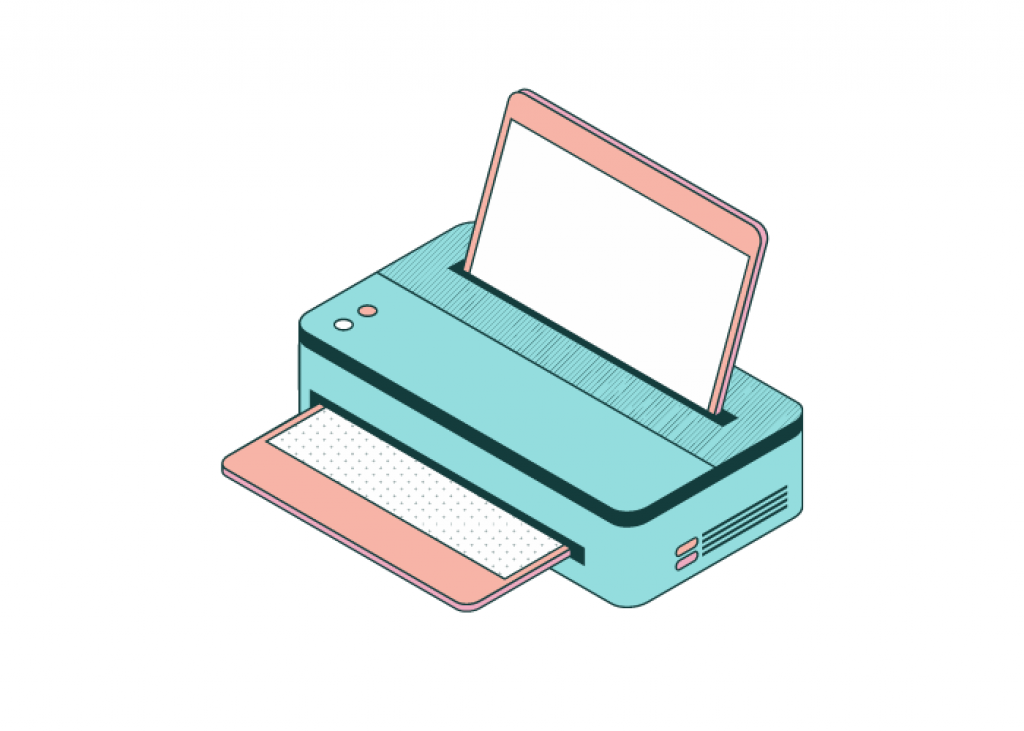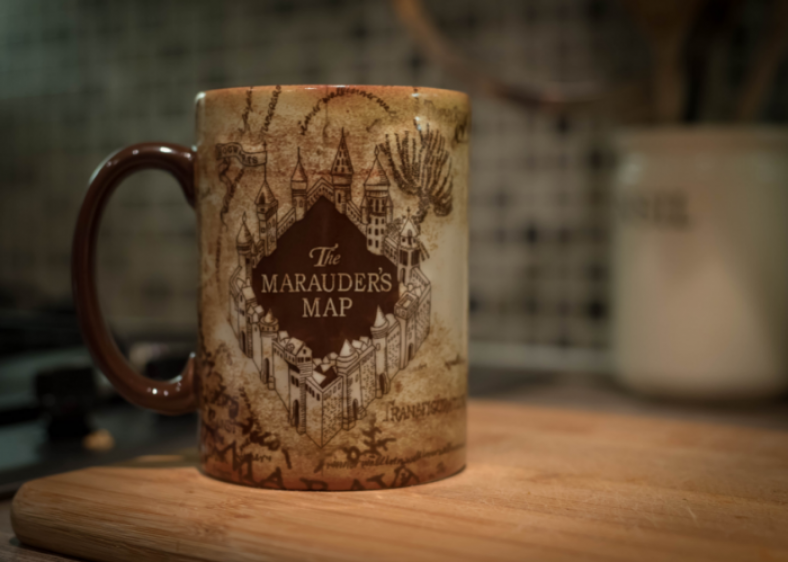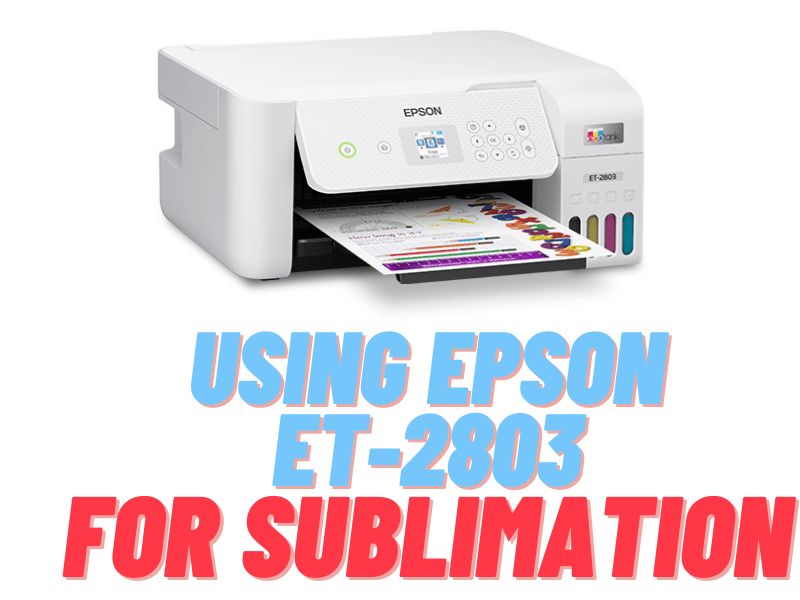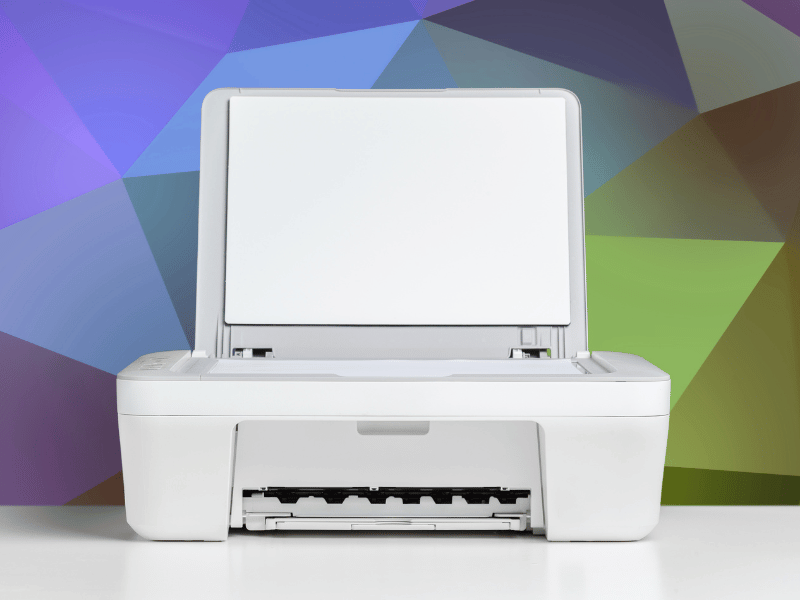Are you torn between choosing Vinyl print printing or DTF printing? Well, we can help you get through this difficult puzzle. While direct to film transfer is the latest breakthrough in the printing industry, it still raises the question – what makes it better? Or perhaps should you stick to the Vinyl print printing because it’s the better pick for your business? With that said, here’s DTF printing Vs Vinyl to help you solve this conundrum:
What’s Direct to Film (DTF) printing?
For starters, DTF transfer is the latest tech in the industry with impressive performance both in-process and print quality. Unlike other techniques, it uses PET film and water-based ink specifically for DTF.
The printing starts with a colored layer then followed by a white base layer to complete the design. Most importantly, the print design must be a mirrored version. And when you transfer it on the garment, it’s when it becomes upright.
How it works:
DTF printing is rather simple and doesn’t require complex investment to complete. It simply starts with choosing a ready design or starting one from scratch. Using the right DTF Transfer printer, you can printout the design on a PET film. Thereafter, apply the adhesive powder that you’ll heat to activate. Lastly, apply the design on the fabric, then heat press to complete the transfer process. And then finally peel off to disclose the outcome.
Printing Steps:
- Image designing
- Printing using DTF printer
- Apply adhesive powder
- Cure the adhesive powder
- Heat press transfer
- Peel off
What’s Vinyl Printing?

This is among the most popular garment printing technique you must have used before. It supports custom printing on various fabric products. This process entails printing on vinyl transfer paper. Thereafter, you would crop the unnecessary edges and heat press to incorporate the image on the fabric. Further, vinyl accommodates various colors, texture, and finish.
How it works:
Vinyl Printing starts with designing the artwork on a computer. Thereafter, you can print the design on a special vinyl transfer paper. Using the software, you can trace the wanted region of the design. And with the help of a digital cutter, you can crop out the unnecessary parts on the design. This step is also known as weeding.
After weeding, you’ll remain with the important part of the design. Through a combination of pressure and specific heat settings, you can transfer the image onto the product/ garment. In this step, a heat press will help out. It will fuse the vinyl design on the fabric. Finally, you can peel off the backing to expose the design.
Printing Steps:
- Image Designing
- Printing
- weeding
- Heat press transfer
- Peeling off
DTF Printing Vs Vinyl:
Similarities:
DTF printing and Vinyl printing are quite different. But even so, there is a common process that cuts across both methods. And that’s the use of heat transfer technique. Both techniques end with the use of heat transfer and then pealing to disclose the print.
Differences:
- Weeding:
When working with Vinyl printing, weeding is an important step that determines the quality of the print. It entails cropping unnecessary parts of the design until you remain with what you need. Thankfully, you can automate this part to obtain accurate results.
When it comes to DTF, weeding is not necessary. And that’s because the image is printed on the PET film that also serves as the transfer paper. After peeling, the image comes out accurate as it was on the PC with accurate edges.
- Speed:
Direct to film printing is time-saving compared to the use of Vinyl printing. From designing to printing, curing, and hot-pressing, no stage will waste your time. On the other hand, Vinyl printing is slower due to weeding. It’s even worse if you don’t have an automatic cropping machine. Therefore, if you have bulk projects, it can inconvenience you.
- Transfer Paper:
The two processes involve the use of different transfer papers. For instance, DTF requires the use of PET paper while Vinyl printing as the name points out uses vinyl paper.
- Rate of Production:
You have an upper hand when you leverage direct to film printing in handling bulk printing. Its production rate is higher than that of vinyl.
- Choice of colors:
Vinyl printing is compatible with various print designs making it a reliable choice. However, the major drawback is the choice of color. This technique supports limited color options meaning there’re designs you can’t manage. However, you can appreciate an unlimited choice of color designs with DTF transfer. This technique has an endless choice of color combinations allowing you to print any graphic image.
Final Take:
Finally, choosing between Vinyl and DTF printing is rather simple if you’re considering production efficiency. And that’s because Direct to film printing doesn’t involve the time-consuming cropping phase you’ll find in Vinyl printing. Therefore, you’re able to spend less time and manpower producing more prints.
Also, print quality is different between these two designs, making it a great point to consider. For instance, the Direct to film prints are lively and an accurate representation of the original design. However, due to limited color options, Vinyl print quality is not comparable to that of DTF transfer. Also, trimming small or closely packed designs can be impossible creating a substandard print quality.
But even with compelling differences that favor DTF printing, you have the power to decide what fits your business. While Direct to film printing is the best pick considering the production efficiency and print quality, your business might need Vinyl. Therefore, note down your business interest and decide which technique is the best.




